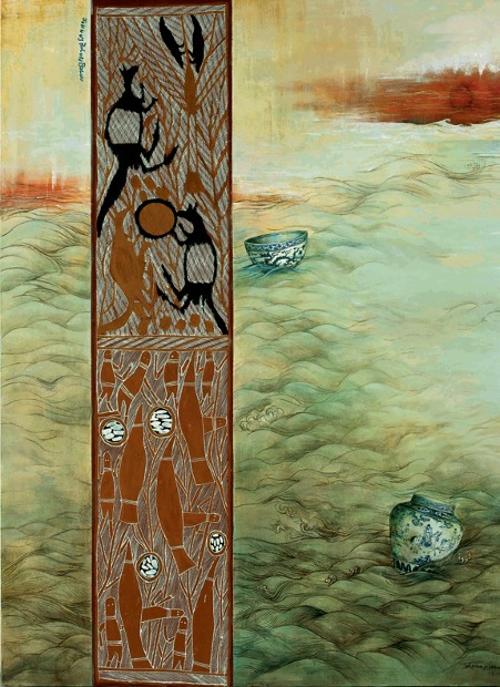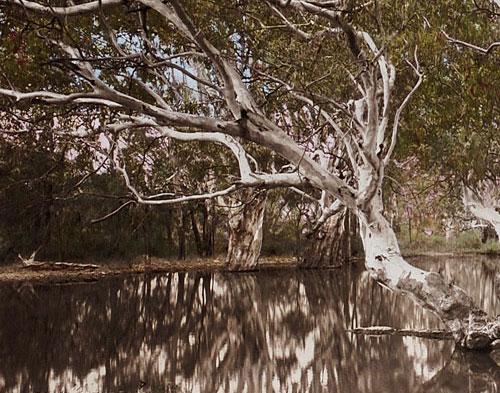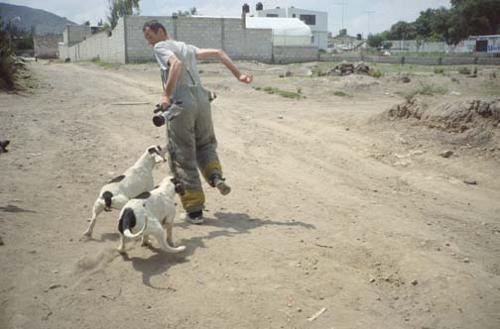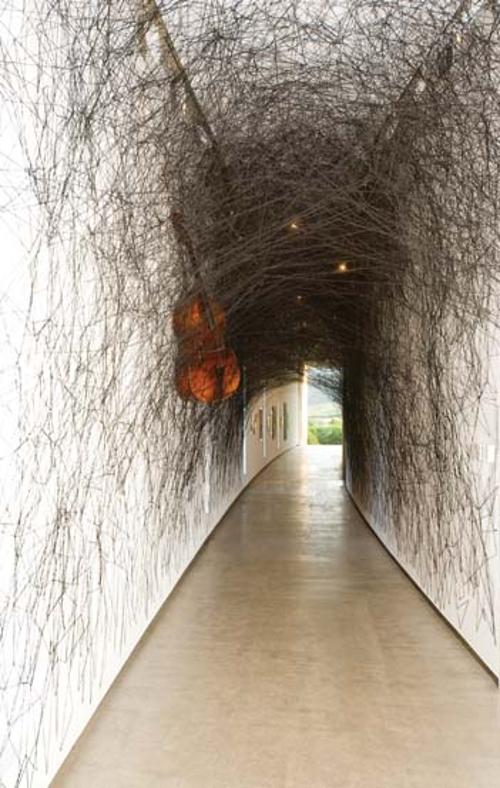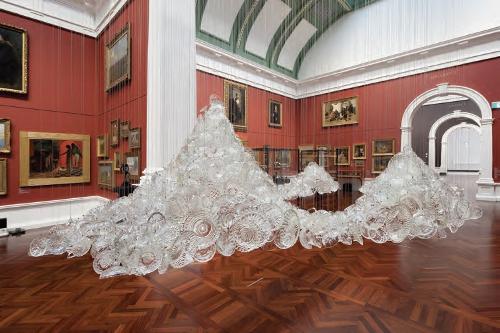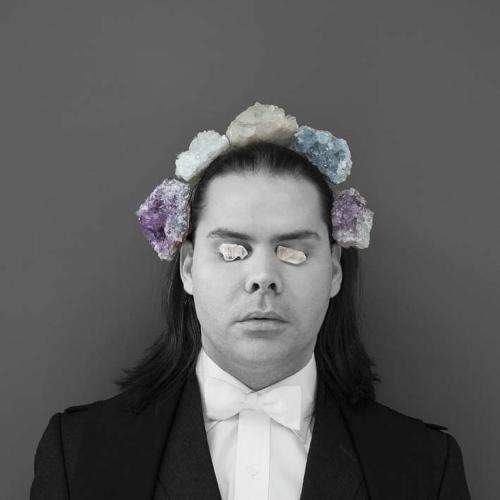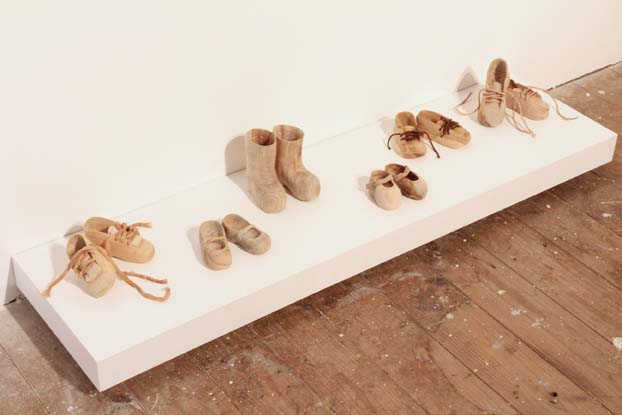
Promise Program stands out from the pack of emerging art exhibitions currently scattered throughout Brisbane due to its ambitious approach to the 'emerging art' framework. Unlike its counterparts, Promise Program places the same value on the development of curators and art writers as it does emerging artists. This emphasis eventuates in more of an emerging experiment rather than a showcase, and it is an experiment of no small undertaking - involving artists Linda Clark, Tiffany Shafran, Jason Castro, Chris Mills-Kelly, Sean Barrett, Ali Bezer, Shanna Muston and Arryn Snowball; coupled with writers Erin Dunne, Isabella Pearson, Grace Winzar, Raymonda Rajkowski, Channon Goodwin, Kylie Spear, Denise Hodgson and Sarah Werkmister. The size of this collaboration is surprising, as curator Bec Dean (Performance Space, Sydney) bravely admits in the exhibition catalogue that she hadn’t spoken with any of the writers or artists involved while organising the show, and curated the works via internet with only a floor plan of Metro Arts for a guide. Despite these obstacles, Promise Program resulted in a lucid, thoughtful and ambitious collaboration that fulfilled its aim to make palpable the artistic promise of Queensland (with emphasis on Queensland College of Art and the University of Southern Queensland graduates). For her role in ‘keeping’ this promise, Dean is to be applauded.
A consistent theme between the works was each artist’s concern with interrogating the material qualities of their chosen medium. Sean Barrett’s investigations into the qualities of the digital photograph are a particular stand-out. His glossy inkjet prints attempt to undermine digital photography’s seamless doctoring of reality by photographing shoddy pre-production alterations he has made to his subjects. These anti-aesthetic experimentations disrupt the way we have habitually come to read the digital image (i.e. we cannot scrutinise whether Barrett’s works are fake, because they clearly are fake). Jason Castro’s sand paintings Little White Lies and Mexican Blanket #2 were another notable series, drawing upon Mexican and Native American images framed within Western reference systems. The resulting dark mono-chromatic sand paintings are presented not entirely as post-colonial critique, yet not as a successful multi-cultural hybrid either. They highlight Castro’s personal predicament as an artist who stands at the crossroads of all three identities. Arryn Snowball’s series of videos Gnawing to be naught never to be naught and Ali Bezer’s printmaking series Etude were exceptionally sensitive works examining the relationship between human faculties of perception and the representation of form. The everyday objects that are the subject of Snowball’s videos fall in and out of their own shadows as they respond to a rotating light source, thus making our associations alternate between recognition and dissonance. Bezer’s series relies on the auditory rather than the visual in attempting to materialise music and sound by impacting lines onto the flat colour of the printed page.
Promise Program was established in 1999 as an annual event that continued for three years before a ten year hiatus. There have been major changes in Queensland art-making since its last instalment; in particular with Brisbane’s explosion of ARIs exhibiting a plethora of local emerging artists. Surely sourcing one of the many budding curators from this massive scene (or even better, a non-metropolitan based artworker) to curate such an exhibition would connect with the exhibition vision more than phoning someone from interstate to organise it via correspondence. Having said this, Dean did an exceptional job under the circumstances; although there was variation in the resolution of each set of works, the ambition of the show was clearly realised. And such variation between artists just goes to show that you have to be gutsy if you truly want to demonstrate promise.

